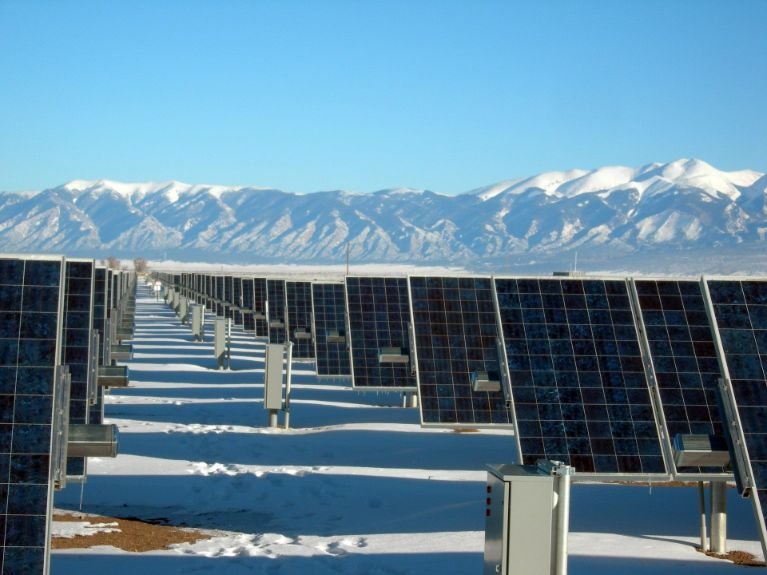The Power of Solar in the USA, Get A Free Quote here!
With the rise of solar power in the United States, solar power is becoming more affordable, accessible, and prevalent. Today, U.S. solar power capacity has grown from 0.34 gigawatts (GW) in 2008 to an estimated 97.1 gigawatts (GW). Today, more than 4 percent of U.S. electricity comes from solar energy through photovoltaics (PV) and concentrating solar-thermal power (CSP).

With the average cost of solar PV panels dropping nearly 75% since 2014, solar energy is maturing rapidly around the country, as solar electricity is now economically competitive with conventional energy sources in most states.
Approximately 22,100 square miles of the country’s total land area, or the size of Lake Michigan, could be used to generate enough electricity for the entire nation. More than one in seven U.S. homes will have a rooftop solar PV system by 2030, and solar panels can also be installed on rooftops without affecting land use.
Solar energy also contributes to the growth of jobs throughout the country due to its proven capacity to create jobs. Solar jobs have increased 157% over the past decade, five times faster than the overall job growth rate. Over 249,000 people work in the solar industry in the United States, including manufacturing, installation, project development, trade, and distribution.
CSP is another method for capturing energy from the sun, with about 1.8 GW of capacity in the United States. As a result of cost reductions from 2010 to 2020, CSP plants could supply up to 158 GW of power to the United States by 2050 if cost reduction targets are met.
The Energy Department released the Solar Futures Study in Sept 2021. The study examines solar energy’s role in achieving these goals as part of a decarbonized U.S. electric grid.
Solar energy hasn’t reached its full potential as a clean energy source for the United States, and significant work remains to drive deployment of solar technologies. Although solar hardware costs have dropped dramatically, market barriers and grid integration challenges remain barriers to wider deployment.
It is becoming increasingly common for solar “soft costs”—such as permitting, financing, and customer acquisition—to account for up to 65% of a residential PV system’s total cost. A combination of technological advances and innovative market solutions will still be needed to increase efficiency, drive down costs, and enable utilities to use solar as a baseload power source.
Here about Solur:
Solur proprietary technology connects you to top rated solar partners. It finds you the most money saving options available. Click on the link below.
